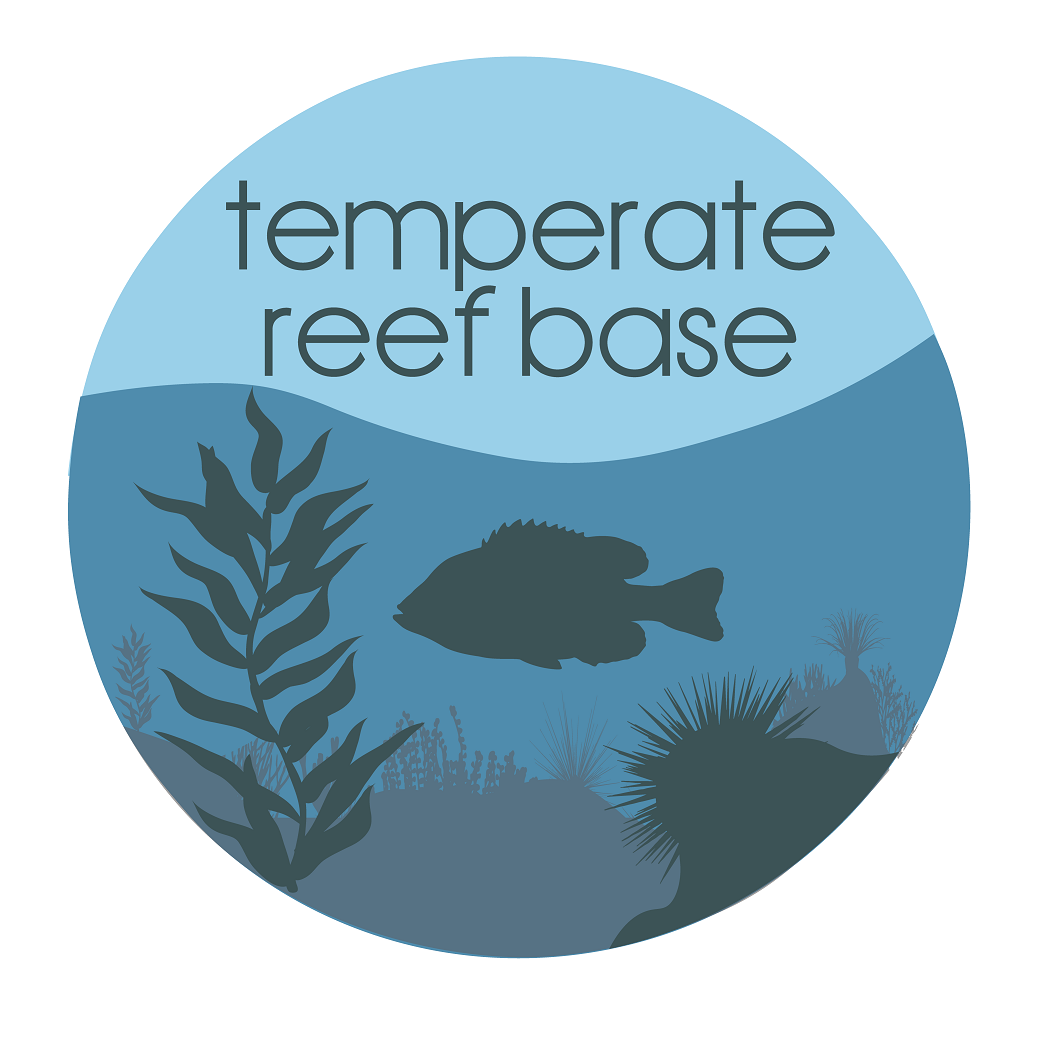Benthic habitat
Type of resources
Topics
Keywords
Contact for the resource
Provided by
Years
-
Data from multibeam echosounder surveys taken as part of the Ningaloo Outlook project were classified into various seafloor cover types according to their hardness, rugosity and depth. The classifications were validated with towed video ground truth where it was available. This dataset describes two AOIs which are explicitly part of the Ningaloo Outlook Deep Reefs project. Substratum classifications were applied using multibeam backscatter angular response curves along with rugosity as input to a maximum likelihood classifier. See original metadata record(s) and associated attached documents for accuracy estimates, alternate classification techniques, and additional surveyed areas. https://doi.org/10.25919/kssa-5b46 https://doi.org/10.25919/kttc-x397 https://doi.org/10.25919/8m65-7k26
-
The SeaMap Tasmania project undertook mapping of seafloor habitats across the nearshore Tasmanian coastline (0-40 m) - the first state to compile a statewide asssimilated benthic habitat dataset. This initiative comprised of collating aerial photography (from archives), acoustic mapping, and conducting underwater video surveys and field-based visual observations. From this, 1:25,0000 scale habitat maps were created for shallow coastal water to within 1.5 km of the coastline (or 40m depth, which ever was arrived at first). Depth information was collected via acoustic methods and used to discriminate seafloor habitat type, in combination with scanned aerial photographs and towed video transects providing ground-truthing information. See 'Lineage' section of this record for full methodology and data dictionary. This data is also available via the Seamap Australia National Benthic Habitat Layer - a nationally consolidated benthic habitat map. https://metadata.imas.utas.edu.au/geonetwork/srv/eng/catalog.search#/metadata/4739e4b0-4dba-4ec5-b658-02c09f27ab9a
 TemperateReefBase Geonetwork Catalogue
TemperateReefBase Geonetwork Catalogue